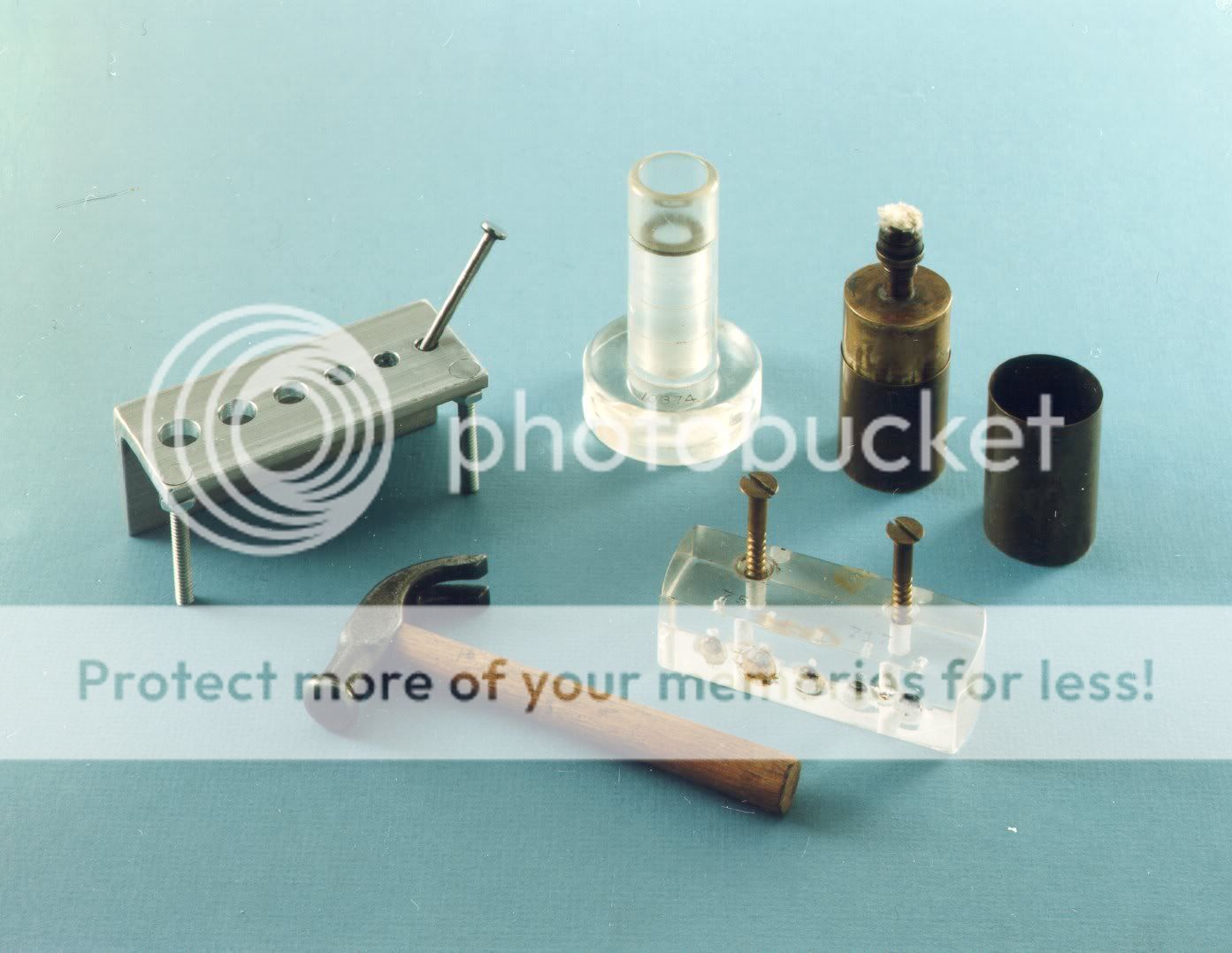[Posted on L&P on June 19, 2006.]
Have you ever seen a picture of Einstein’s fountain pen? This has been brought up before many times on the various pen message boards. Someone or other will periodically post the picture of Einstein with what looks like a late Pelikan 100N, either in his hand, or in his breast pocket. But there is another pen, an earlier one mentioned in the Leiden University website, although the link to the pen is dead. Paul Ehrenfest invited Einstein to become special professor at Leiden University, and they became close intellectual friends. As a token of their friendship, Einstein gave Ehrenfest the fountain pen that he had used to write down his research on general relativity between 1912 and 1921. The pen is now preserved in the Boerhaave Museum in Leiden. Here’s the correct link to the museum webpage with a picture of the pen. The museum’s website is in Dutch, but you can see a picture of the pen there, and it looks like a Waterman’s #20-series pen, an eyedropper pen with a long, tapered cap, perhaps a Waterman’s #22 or #24 pen. Einstein also kept the distinctive Waterman’s blue box in which the pen came, which is why we can now tell the brand name of the pen from the tiny picture. And what looks like an unusual cap band is actually a slip-on, sliding, accommodation clip. There is also a news item about the pen from Mar 6, 2009, again in Dutch, in this Youtube video. You can see the pen at the 1:39 mark.
If you use Google Translator to render the text of the museum website into English, you get some funny results. When I originally found the site and used the translator on it on June 19 2006, it took the line, “Maar Einstein wilde Max Planck niet voor het hoofd stoten en bleef in Berlijn”, and turned it into, “But Einstein not wanted Max Planck for the head bump and remained in Berlin”, and if you do the translation now it becomes, “But Einstein did Max Planck do not offend and remained in Berlin”. It sounds like Max Planck was prone to metaphorically head butting his intellectual opponents, but I think that the gist of it is that, “Einstein did not want to bump heads with Max Planck and remained in Berlin”. But now that statement gets smoothed out a bit too much by Google translator, imputing to Einstein an uncertain deference that is not there in the original Dutch by implying that “Einstein did not want to offend Max Planck and remained in Berlin”. He just didn’t want to bump heads with the conventional Max Planck and was avoiding confrontation, not deferring to him.
Most people know that Einstein was working as a patent office clerk while he made his earliest discoveries concerning light and gravity and relativity. But did you know that, later on, he actually held a few US patents, some along with Leo Szilard as co-inventor? Take a look at US patents 1,781,541 and 2,058,562. Now, it would be the icing on the cake if any of those patents were for writing instruments, or if they were at least writing-instrument related, but that would be too much to hope for. These two are for a refrigeration system and a camera, respectively. Between 1929 and 1961, Szilard also received fourteen US patents for nuclear processes, some of them with Enrico Fermi as co-inventor. That’s like a character in a movie saying, “Hello, my name is Lenin, and this is Stalin, and this is Trotsky”.
However, most of this early 20th century technology and science was invented and designed and written up and drawn up with fountain pens, just as most of Newton’s work on gravity was written up with an italic quill. It gives their mathematical equations and handwriting a beautiful ductus, that uninterrupted flow of calligraphy that makes it look all of a piece. That’s what writing a lot will do for your handwriting. Improving your handwriting is like trying to get directions to Carnegie Hall. If you ask how to get to Carnegie Hall, any New Yorker will tell you all it takes is “Practice, practice, practice”.
George Kovalenko.
.
Addendum, Nov 25, 2015, on the 100th anniversary of the general theory of relativity.
The PBS program Nova just aired a docudrama titled “Inside Einstein’s Mind” on the occasion of the 100th anniversary of the general theory of relativity. There are many shots of the actor in the role of Einstein writing with a fountain pen, but as usual, they got the fountain pen all wrong. And it was so easy to get it right. All they had to do was to visit the Leiden University and the Boerhaave Museum websites, in the links above. But they didn’t do their research. And what modern pen did they use instead? Who cares. It’s wrong.
PBS also repeated the Nova episode “Einstein’s Big Idea”, originally aired on the occasion of the 100th anniversary of the special theory of relativity of 1905. And what writing instrument did they use there? A wooden pencil, equally wrong. He used a pen.
Addendum, Feb 22, 2020.
Here’s an interesting thread on Reddit about Einstein’s pen, and his field equations, + - + +.





